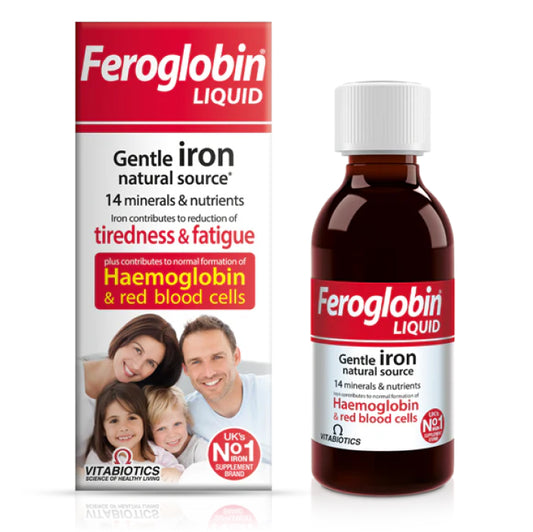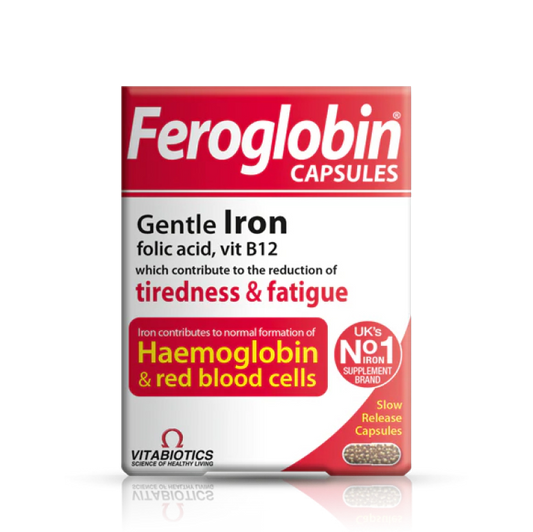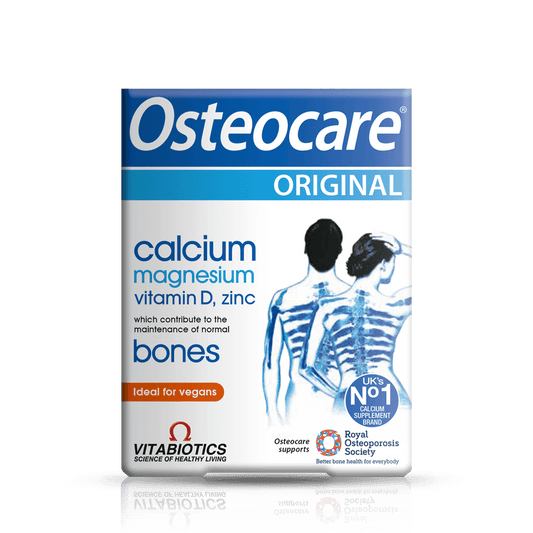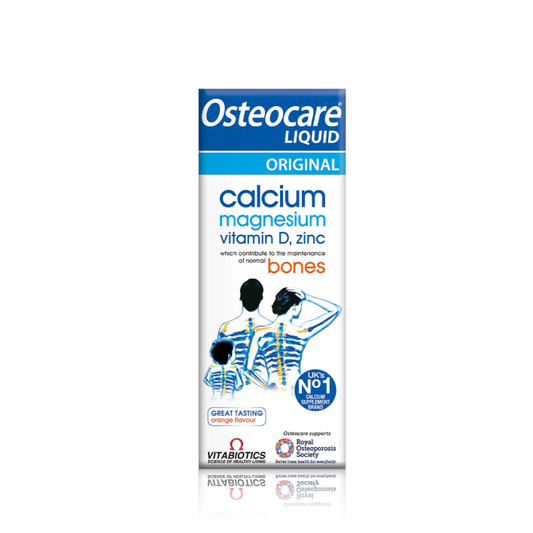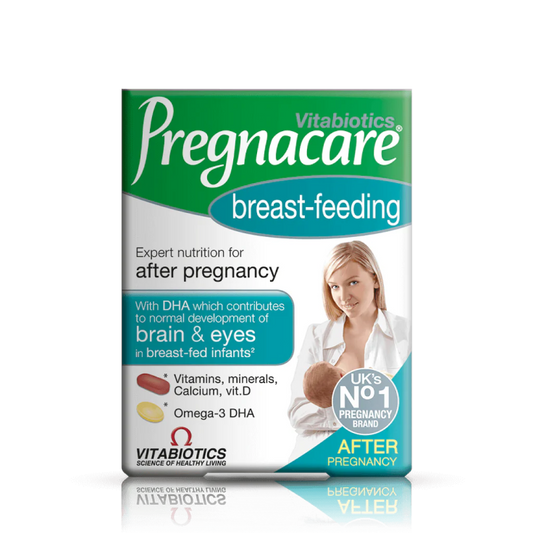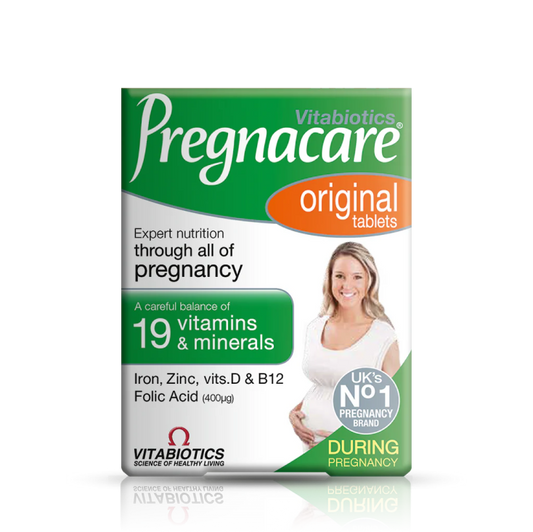What are omega-3 fatty acids and why are they essential?
Omega-3 fatty acids are a group of essential unsaturated fatty acids (EFAs) . The term "essential" means that our body cannot synthesize them on its own and we must supply them with food. EFAs perform many important functions in the body, influencing, among others, cellular metabolism, regulation of gene expression and the structure of phospholipids of cell membranes. The name "omega-3" comes from the position of the first double bond in the carbon chain, counting from the methyl end (-CH3).
The most important omega-3 acids include α-linolenic acid (ALA), eicosapentaenoic acid (EPA) and docosahexaenoic acid (DHA) . ALA is a short-chain omega-3 acid, consisting of 18 carbon atoms and three double bonds. It is found mainly in plant products, such as oils (e.g. linseed, rapeseed, soybean), nuts (especially walnuts), flax seeds and chia. In our body, ALA can be converted to EPA and DHA, but this process is characterized by low efficiency.
EPA, made up of 20 carbon atoms and five double bonds, and DHA, containing as many as 22 carbon atoms and six double bonds, are long-chain omega-3 acids. These more valuable forms of omega-3 are found mainly in oily cold-water fish (such as salmon, mackerel, herring, sardines) and in fish oils. DHA is a key structural component of the brain and retina, which emphasizes its unique role in the proper functioning of these organs. In turn, EPA is known for its strong anti-inflammatory properties. It is also worth mentioning docosapentaenoic acid (DPA), which is also found in oily sea fish.
Omega-3 for health: How do they work on your body?
Heart under protection
Omega-3 fatty acids, especially EPA and DHA, have a significant impact on cardiovascular health. They help maintain normal blood triglyceride levels, which is important in preventing heart disease. In addition, they help maintain normal blood pressure and contribute to the proper functioning of the heart. Studies suggest that they can also prevent arrhythmia and reduce the number of heart beats per minute.
ALA also plays a role in maintaining healthy blood cholesterol levels, especially when it replaces saturated fats in the diet. Numerous studies have shown that omega-3 consumption is associated with reduced cardiovascular mortality, including myocardial infarction. The U.S. Food and Drug Administration (FDA) has even approved the use of prescription drugs containing EPA to treat hypertriglyceridemia.
Brain in good shape
DHA is an extremely important building block of brain and retinal cell membranes, making it essential for proper brain function and maintaining good eyesight. Omega-3 fatty acids have neuroprotective effects, supporting memory, concentration, learning and general cognitive functions in various age groups. Studies also suggest that regular consumption of omega-3 fatty acids can improve mood and reduce the risk of depression and anxiety disorders.
What’s more, there’s evidence that people who consume more omega-3 have a lower risk of Alzheimer’s disease and a slower rate of cognitive decline in old age. EPA seems to be particularly important in the context of depression, and supplementation may be beneficial, especially in cases where traditional treatments aren’t effective enough.
No more inflammation
Both EPA and DHA have strong anti-inflammatory properties. They can help alleviate symptoms of chronic inflammatory conditions such as rheumatoid arthritis, inflammatory bowel disease, and various skin conditions. The mechanism of action involves, among other things, inhibiting the production of pro-inflammatory substances such as cytokines. Omega-3 fatty acids may also play a role in reducing symptoms of autoimmune diseases. There is also research suggesting that the anti-inflammatory properties of omega-3 fatty acids may be important in the prevention and treatment of some cancers by affecting tumor growth and the process of angiogenesis.
What are natural sources of omega-3 fatty acids?
Gifts of the Sea
The richest sources of omega-3 EPA and DHA are fatty saltwater fish. This group includes salmon, mackerel, herring, sardines and anchovies. Other animal sources include fish oil (cod liver oil), krill oil and, to a lesser extent, eggs and meat from animals fed a diet rich in omega-3. EPA and DHA from these sources are usually better absorbed by the body than ALA from plants. It is worth noting that fish living in cold waters, such as mackerel, salmon and Atlantic herring, tend to accumulate more EPA, while fish from warmer seas, such as tuna and anchovies, contain more DHA.
The power of plants
Plant sources of ALA are primarily flaxseed (both seeds and oil), walnuts, chia seeds, and vegetable oils such as flaxseed, rapeseed, soybean, walnut, and hemp oils. Some algae can also be a source of EPA and DHA, which is particularly important for vegetarians and vegans. However, it should be remembered that plant sources of omega-3 mainly provide ALA, which is converted to EPA and DHA in the body to a limited extent.
Omega-3 content in popular food products
To help you find sources of omega-3 fatty acids, the table below shows the approximate content of these valuable fats in popular food products:
|
Product |
A type of omega-3 acid |
Content per 100g/portion |
|
Linseed oil |
ALA |
approx. 7260 mg per spoon |
|
Linseed |
ALA |
approx. 7000-7200 mg |
|
Chia seeds |
ALA |
approx. 5000-6000 mg |
|
Walnuts |
ALA |
approx. 2500-3000 mg |
|
Salmon |
EPA + DHA |
approx. 1.8-2.1 g |
|
Mackerel |
EPA + DHA |
approx. 3.0-4.5 g |
|
Herring |
EPA + DHA |
approx. 1.2-3.2 g |
|
Sardines |
EPA + DHA |
approx. 1.4-2.5 g |
|
Cod liver oil (cod liver oil) |
EPA + DHA |
approx. 2000-2400 mg |
Note: Omega-3 content may vary depending on fish species, farming conditions and processing method.
Optimal Omega-3 Intake: How Much Do You Need Each Day?
General recommendations for healthy adults suggest consuming at least 250-500 mg of EPA and DHA per day. For ALA, the recommendation is around 1.1 g per day for women and 1.6 g for men. Children need different amounts of omega-3 depending on their age, with DHA being particularly important for their development. Pregnant and breastfeeding women have increased omega-3 requirements, typically recommending 300-900 mg of EPA and DHA per day, with potentially higher DHA intakes.
People with heart disease or high triglyceride levels may need higher doses, up to 1,000-4,000 mg per day, but it is recommended to consult a doctor in such cases. Optimal intake may also depend on the ratio of omega-6 to omega-3 in the diet. It is always worth consulting a doctor or dietitian for individual recommendations on omega-3 intake, especially when planning higher doses.
See also: Omega-9 acids
Is too much bad? Risks and side effects of consuming too much omega-3
Consuming too much omega-3, especially from supplements, may have some risks and side effects. Potential symptoms include an increased risk of bleeding or bruising, especially in people taking blood-thinning medications. Gastrointestinal problems such as indigestion, diarrhea, nausea, and a fishy taste may also occur. Omega-3s may interact with some medications, including anticoagulants and hypoglycemic drugs.
Blood glucose levels should be monitored in people with diabetes, as high doses of omega-3 can affect blood glucose levels. It is also important to maintain a balance between omega-3 and omega-6 intake. Some studies have suggested an association between high levels of long-chain omega-3 and increased risk of prostate cancer, but other studies have not confirmed these findings. Very high doses of omega-3 can also lead to increased LDL cholesterol. Generally, doses of up to 3-5 g of omega-3 per day are considered safe by most regulatory organizations. It is worth remembering that omega-3 intake from diet alone rarely leads to excessive amounts, and caution is mainly needed when using high doses of supplements.
Omega-3 Supplementation: When Should You Take Capsules or Oil?
Omega-3 supplementation may be beneficial for people who do not eat enough oily fish, for vegetarians and vegans who want to get enough EPA and DHA, and for people with certain health conditions. There are different types of omega-3 supplements available on the market, including fish oil (from various sources such as cod liver oil, salmon oil, etc.), algae oil (suitable for vegans), and krill oil. When choosing a supplement, it is worth paying attention to the amount of EPA and DHA in a single serving (at least 250 mg combined is recommended for general health).
This may be useful to you: Ultra Omega 3-6-9 Omega acids in capsules
The quality and purity of the product are also key, so it is worth choosing supplements that have been tested for heavy metals, have a low TOTOX index (below 10-25), and have quality certificates (such as IFOS, Friend of the Sea, MSC). Omega-3 supplements come in capsules and liquid oil form, with the liquid form being more susceptible to oxidation. It is also worth considering the form of omega-3 acids (triglycerides are more absorbable than ethyl esters) and checking the composition for additional ingredients and potential allergens.
The latest news from the scientific world of omega-3
In recent years, there has been a lot of interesting research on omega-3 fatty acids. Studies from 2024-2025 confirm the beneficial effects of omega-3 on brain health, suggesting that they may slow cognitive decline and the development of Alzheimer's disease. There are also important reports of omega-3 supplementation during pregnancy, which may reduce the risk of premature birth and increase the birth weight of the baby.
Studies continue to emphasize the cardioprotective effects of omega-3 fatty acids and their role in managing cardiovascular risk factors. However, it is worth mentioning that some studies question the commonly known benefits of supplementation or suggest potential risks in specific patient groups, so this information should be approached with caution and criticism. There are also reports of a potential role for omega-3 in slowing down the biological aging process.
Omega-3 on Your Menu: Simple and Tasty Meal Ideas
Adding omega-3-rich foods to your daily diet doesn’t have to be difficult. You can start by eating more oily sea fish, such as grilled salmon, mackerel salad, or herring with potatoes. Linseeds, walnuts, and chia seeds are great additions to smoothies, yogurt, oatmeal, salads, and baked goods. It’s also worth experimenting with recipes for omega-3-rich dishes, such as salmon and avocado salad, grilled tuna with vegetables, or chia seed pudding. Vegetable oils, such as linseed, rapeseed, or hemp, are great as a base for salad dressings or for low-temperature cooking.
Take care of yourself with omega-3 fatty acids!
Omega-3 fatty acids are extremely important nutrients that bring numerous benefits to our health. They support the heart, brain and help fight inflammation. Remember to include products rich in these valuable fats in your daily diet. If your diet is poor in natural sources of omega-3, consider supplementation, choosing high-quality products and, if necessary, consulting your doctor. Take care of yourself by providing your body with the right dose of omega-3 fatty acids - it is an investment in your health and vitality for many years.


